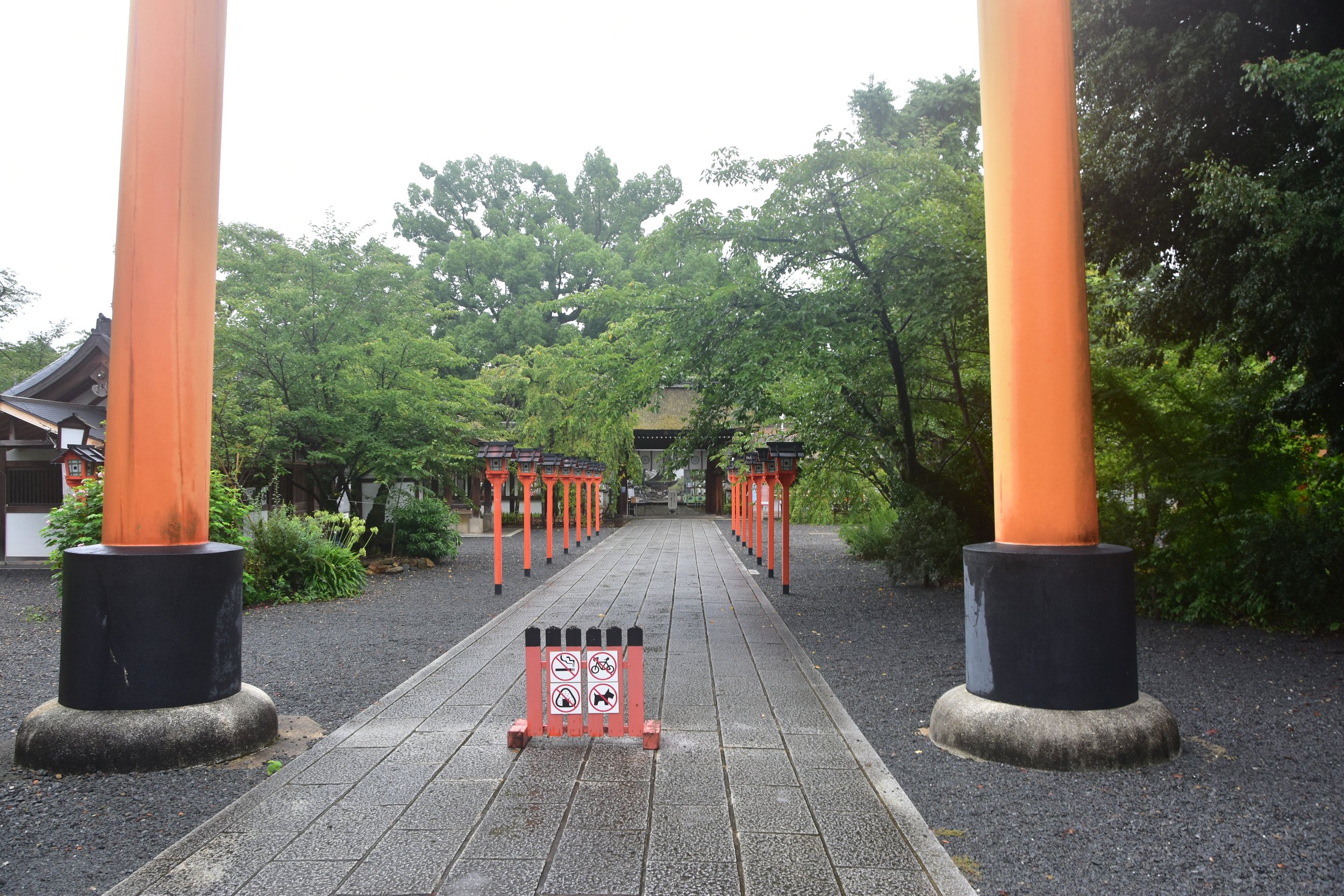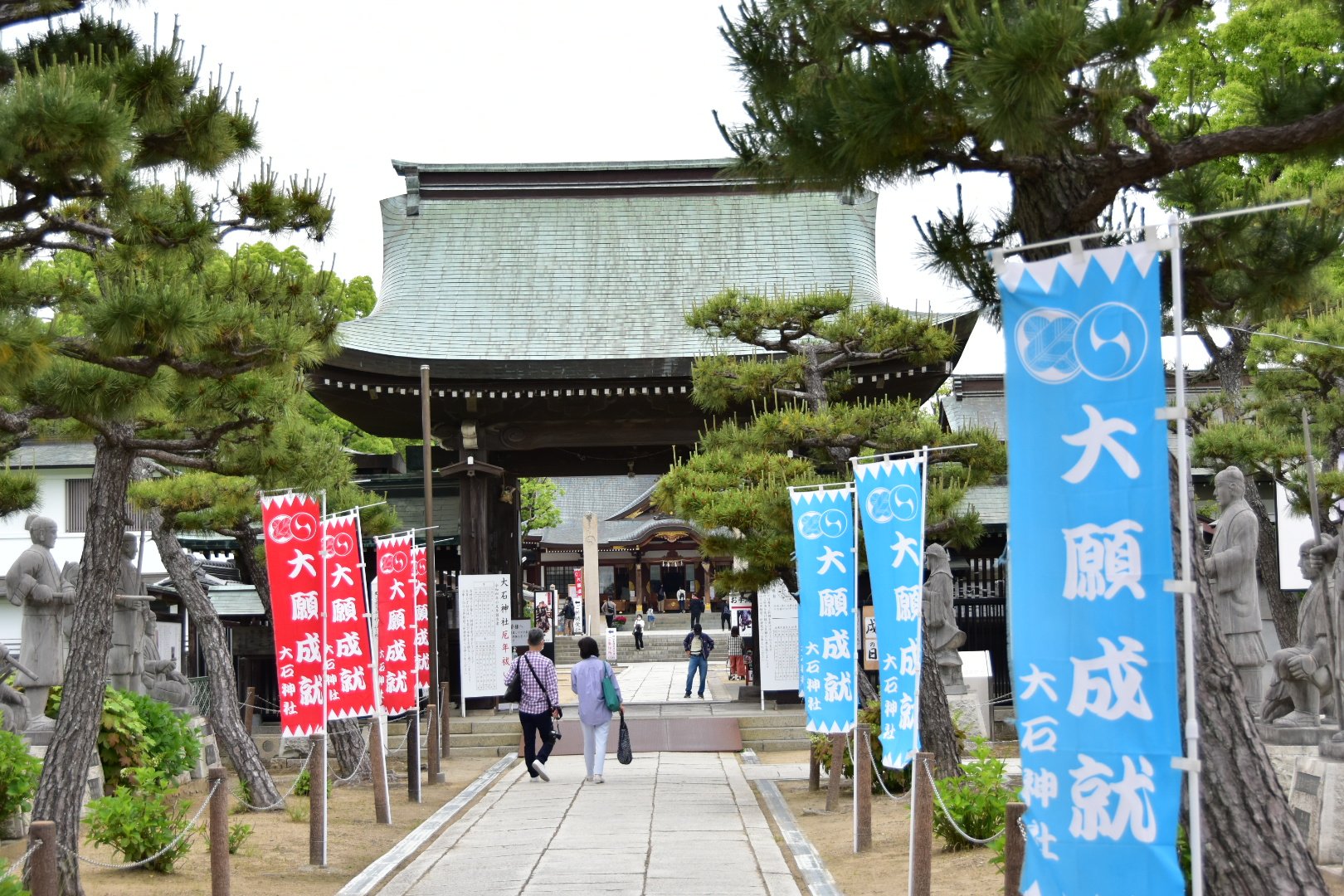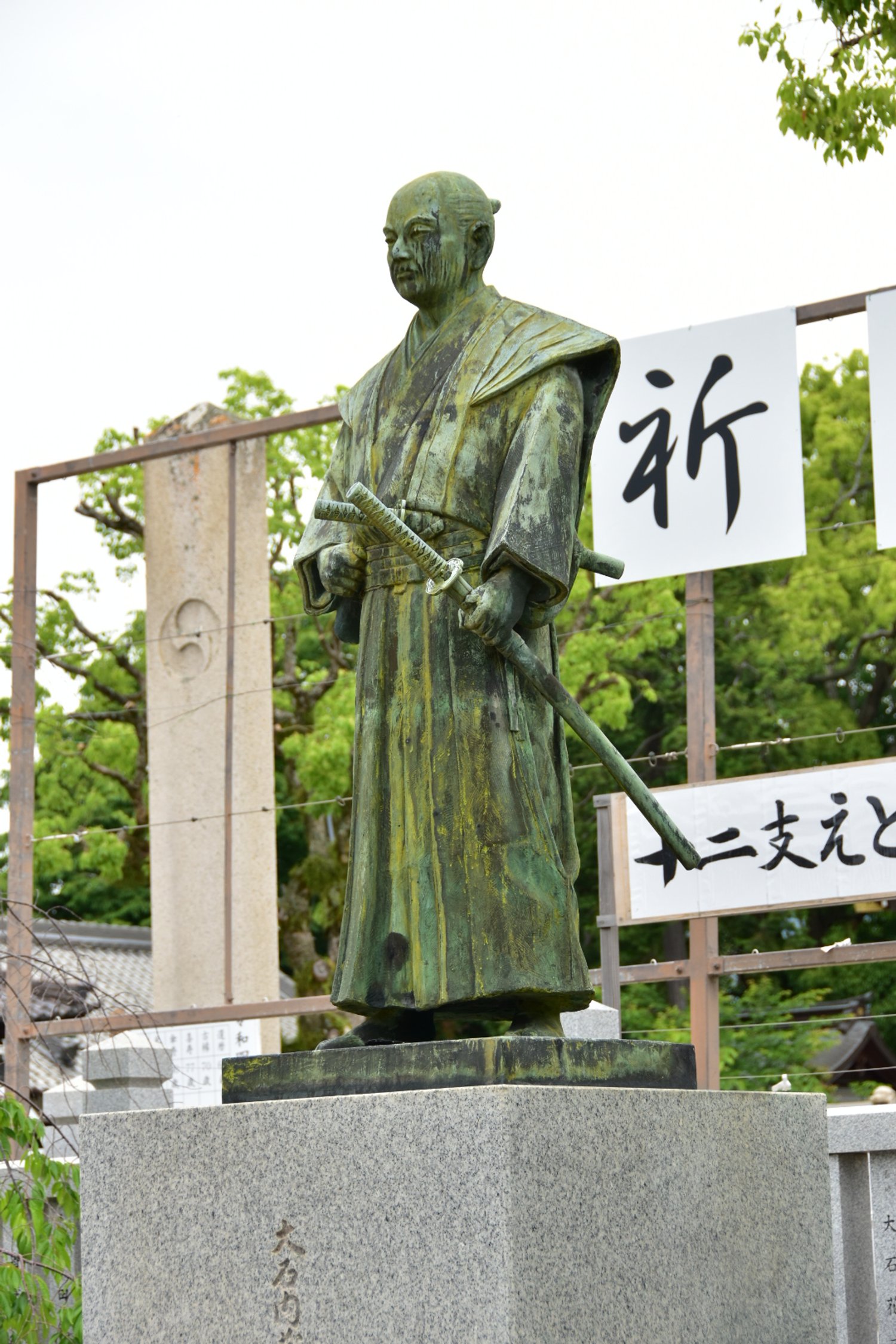Hirano Jinja
Located in the center north of Kyoto next to Kitano Tenmangû, Hirano Jinja is a small and largely unassuming shrine. However, it does have a long and storied history being closely connected to the imperial family and the capitol. The shrine was originally constructed in the Nara Period but was moved to its present location with the founding of the Heian capital in the late 8th century. The shrine is home to the god that protects the imperial kitchen. Today, the shrine is noted for being full of cherry trees, and is a popular hang for students attending Ritsumeikan University.
For the casual: 6. For the educated: 2.
There are actually a lot of reasons to drop by this shrine if you’re in the area, and it’s very easy to be in the area; hence the higher grading. Just to the north is Kinkakuji and across the street is Kitano Tenmangû which makes this shrine easily accessible from two of the most popular locations in northern Kyoto. Once there, the shrine is a lovely collection of well-crafted buildings which exemplify Kyoto religious architecture while also providing seasonal beauty in spring and autumn. One of my personal highlights are the aristocratic toilet signs for men and women, just because it’s fun to see a place have a fun take on otherwise mundane signage.
I apologize for the lack of photos. It was very humid and my camera lens fogged up almost immediately and didn’t acclimate for another hour by which I was down the road at other places.







